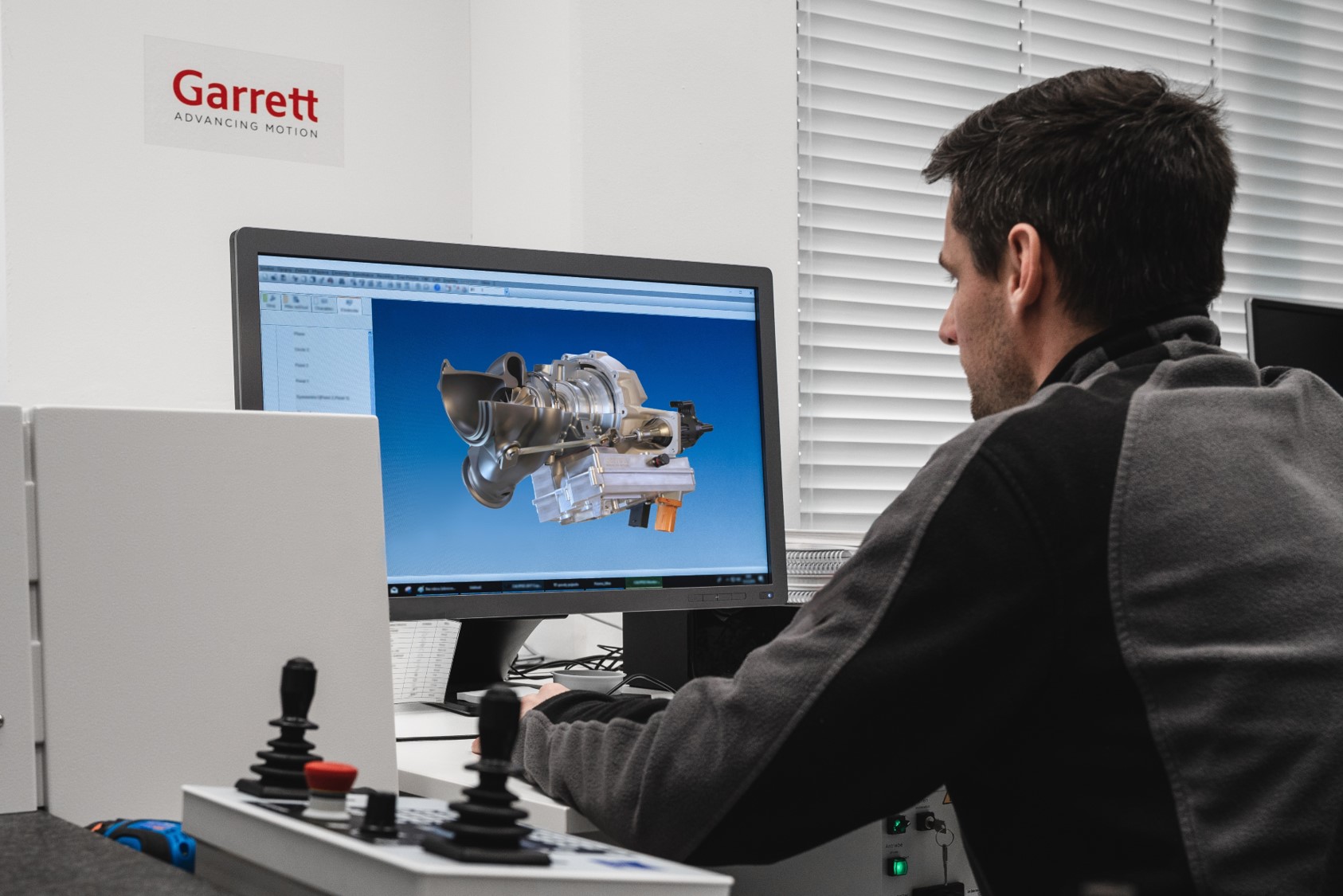
A need for speed
As a leading automotive company specialising in the design and manufacture of cutting-edge technology,Garrett Motion’s business is driven by innovation, speed, and efficiency. This philosophy filters through into the company’s technology and information systems, which need to deliver the optimal employee experience, and deliver fast and relevant information.
In 2018, Garrett Motion began an HR transformation process with the aim of improving the user experience and switching from paper to digital. The project would entail a full migration from multiple on-premises systems – core HR, recruitment, learning, talent management, workforce compensation – to a single cloud-based platform.
Cloud forecast
Garrett Motion was previously using an on-premises version of PeopleSoft. The first and foremost objective for the new technology was to be fully cloud-based, enabling the business to remove all its existing server and hardware maintenance requirements.
The new HR system needed to be more flexible, provide outstanding data security and encryption, and offer a fast and intuitive user experience. Garrett Motion wanted a brand and HR technology platform it could have absolute trust in to meet all those requirements – making Oracle Cloud HCM the ideal choice.

“That’s all the reasons why we selected an important cloud company,” explained Fernando Marafon, Garrett Motion’s Vice President, Global Human Resources Services.
“We were also coming from PeopleSoft, a company acquired by Oracle, so we know exactly the capacity of Oracle as a strong company who can support us.”
Garrett Motion was also attracted by Oracle’s standing as a large, global technology company with innovative products, but one that offers a local capability at the same time.
It was a very challenging time for the business. Garrett Motion was in the process of spinning off from its previous company, and so had just six months to develop all the modules for its new HR system and make the switchover.
Garrett worked with a consulting partner to set up the first version of the Oracle technology and the basics were in place, Marafon used the opportunity to train his team and ensure there was a knowledge-sharing transfer from the consultant to Garrett Motion, to keep the expertise inhouse.
After the initial setup, Garrett Motion started to customise the Oracle technology to bring it closer to its specific business requirements. But as the logic and data structures of the PeopleSoft and Oracle Cloud systems were well aligned, it was not a big change for users and so minimal training was needed.
 Self-service
Self-service
The Oracle technology has already met Garrett Motion’s core objectives of being easy to use, fast to use, secure, efficient. The technology ensures the business is compliant with GDPR data protection requirements, and users can only access authorized information from the central repository.
Marafon added, “There is no requirement to refresh our system. The software is maintained centrally by Oracle itself. We just must ensure that all the different upgrades and releases are not impacting our system. We have no downtime in the operation, which is very important.”
The firm now wants to develop the self-service element. Garrett Motion is currently using self-service for absences and is just in the process of adding time and attendance functionality, offering users a faster, more efficient process.
It is also exploring the Oracle Digital Assistant, an AI chatbot that Marafon says will be very important for the user experience. Users will be able to type their question and the Digital Assistant will explain in natural language the link or action needed, whether that is changing bank details or creating expense reports.
The new Oracle Cloud system has another core advantage for the firm over its previous system: all its data is now centralized in one electronic system. As in Garrett we inplemented a flexible work policy, it is important to have everything available digitally in one place, requiring just one sign-on to access the different applications independently, on any device and at any time. Previously, HR administration was a mix of digital and paper-based employee documents and not so practical for working remotely.
Garrett Motion has switched from paper copies of employee records, and they are now stored as soft copies in Oracle HCM Cloud.
“We had to scan all the documentation in electronic format, and we have documents from 1975, 1980 in the system. All that documentation is now stored in one system. We can now allow our employees to be more self-sufficient,” Marafon said.
This benefits HR workers and staff across the company, who now spend less time moving from one system to the other, looking for the right information in a particular application or having to turn to old paper records that might be in a different location. This reduces admin time and offers a better employee experience.
Marafon noted, “Having access real time to all data is a real enabler for the business as it provides timely insights that otherwise would take days or weeks to have through the normal channel. This is the case for instance when I want to pull data from a country about retirement dates, census, turnover, or other relevant remote documents that the business needs to make decisions”
Time to plan
For other organisations planning to make the switch from on-premises to cloud, Marafon’s key tip was to build in more time for the initial setup. Six months to implement new core HR, recruitment, learning, compensation, and performance development modules, all at the same time, was a really short timeframe, and meant the business had to rethink and adjust some of its processes afterwards.
“We started the journey in January, and we had to complete all the data load and data sets and moving into production by July, because by 1 October, we were completely independent. My lesson learned is to be more ready for this transition. Maybe use the same time period but do a bit more pre-analysis of requirements and possible implementations,” he advised.
Conclusion
When Garrett Motion began its transition to the cloud, the main driver was to have a new HR system in place within six months, which offered speed, security, and efficiency. By selecting Oracle Cloud, the business has been able to meet all these objectives, and more. Data is stored digitally in one central cloud system, staff can access all the information they need, and tasks are completed more quickly and easily.